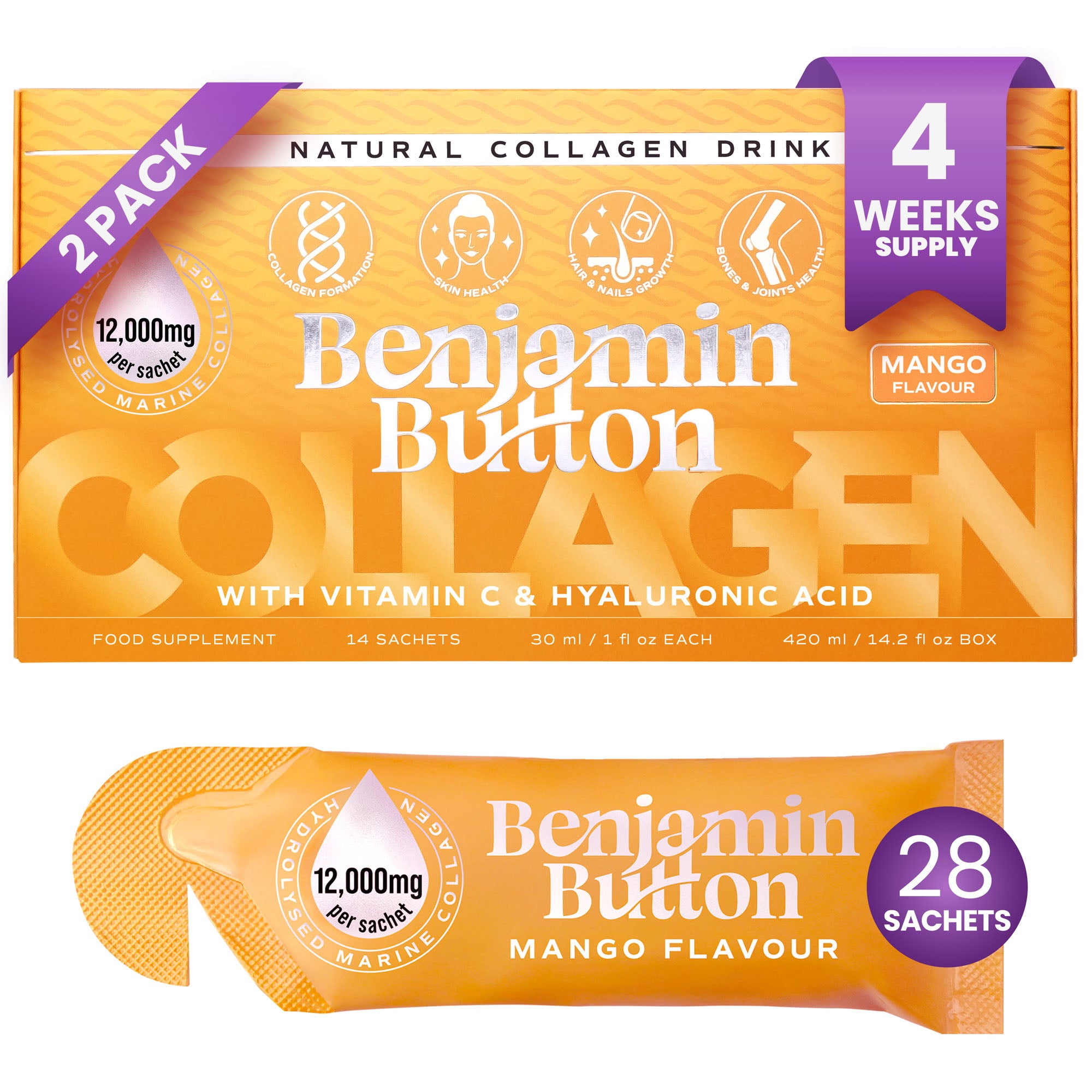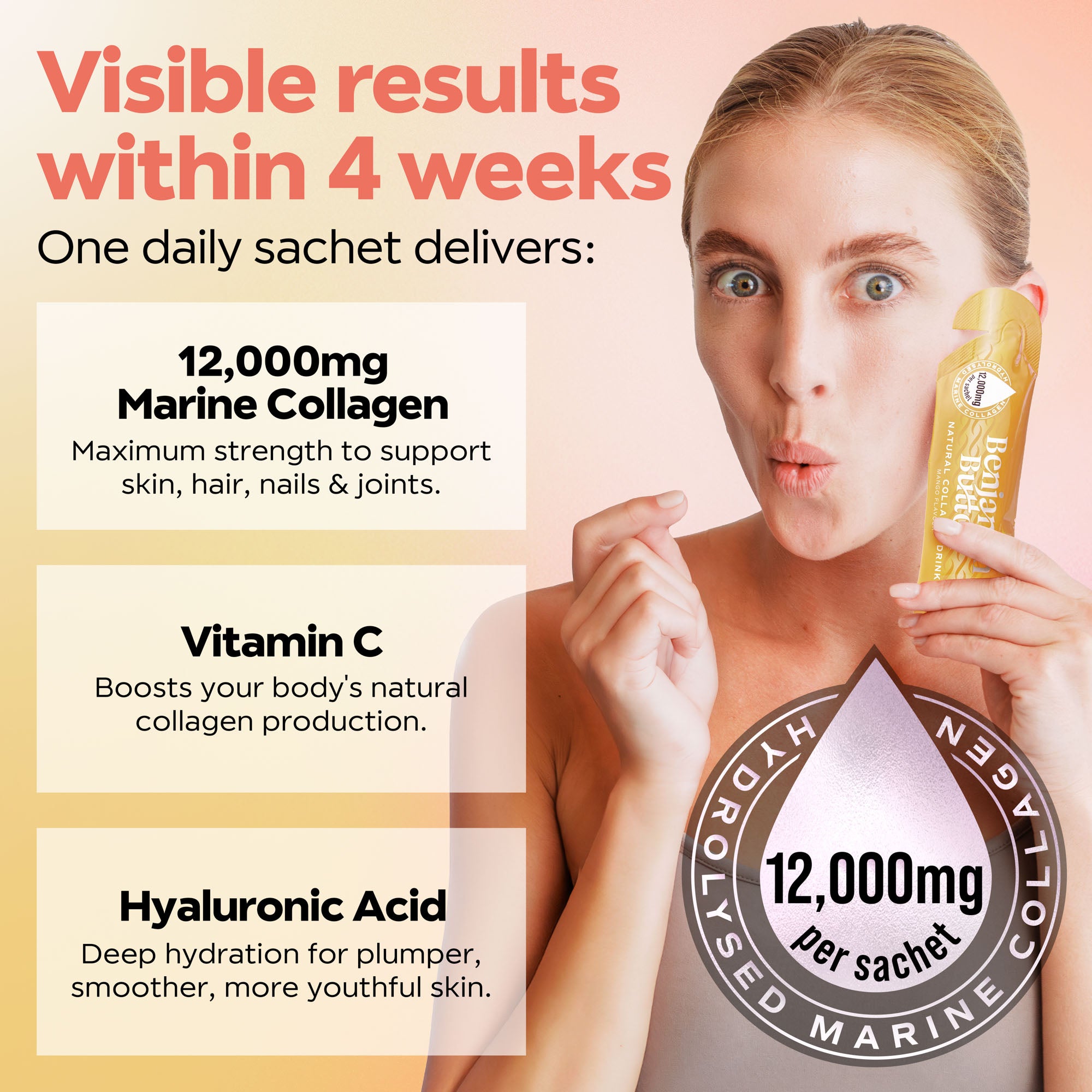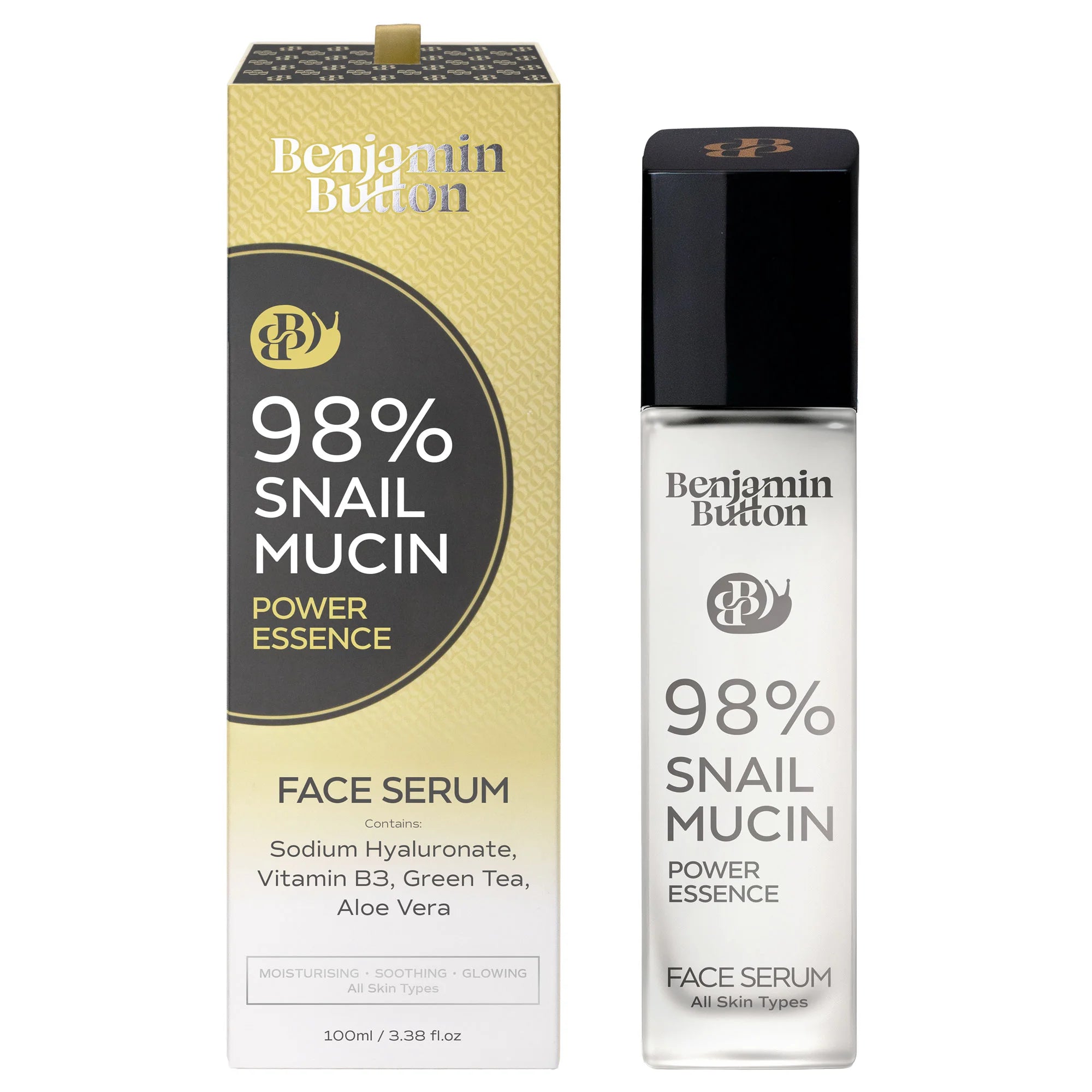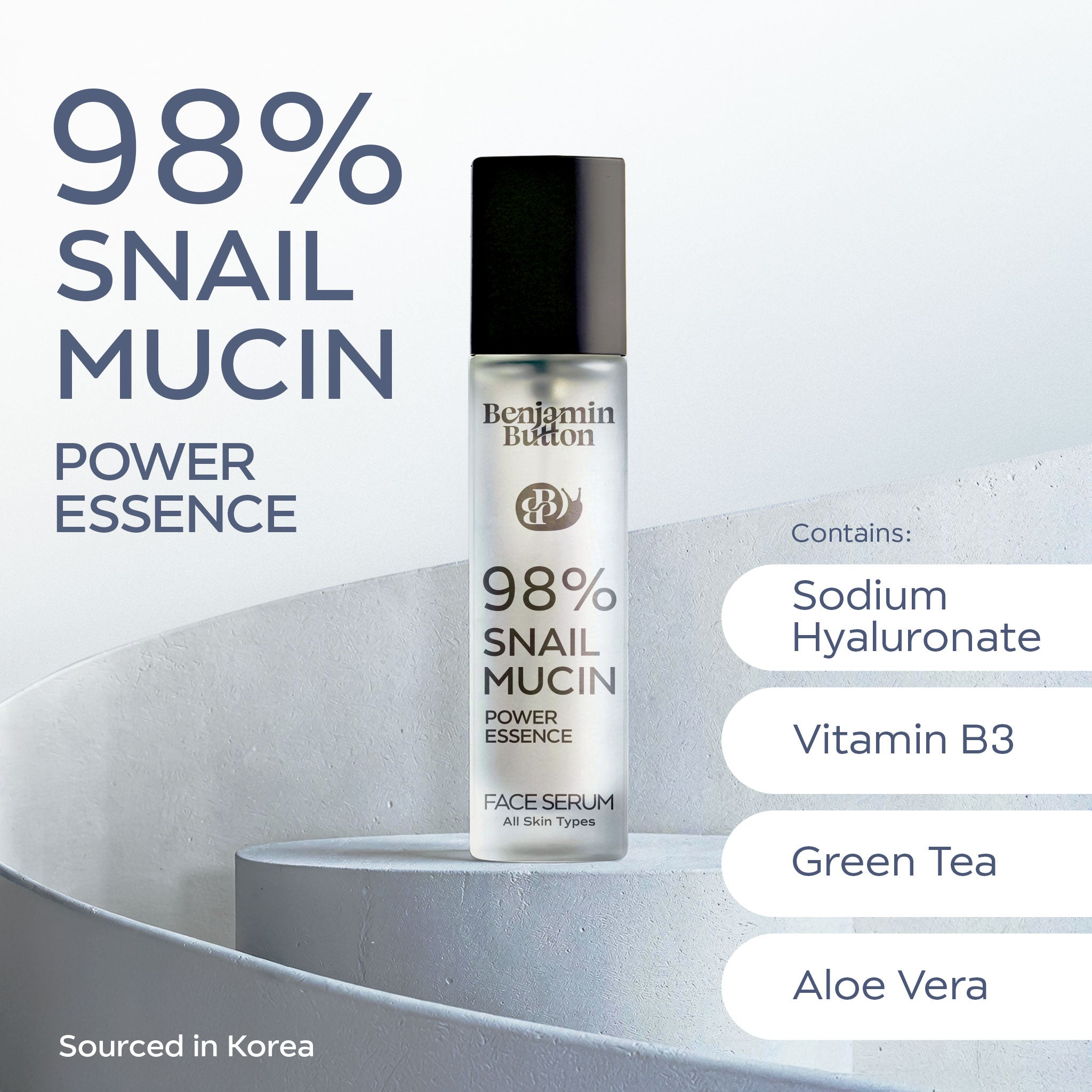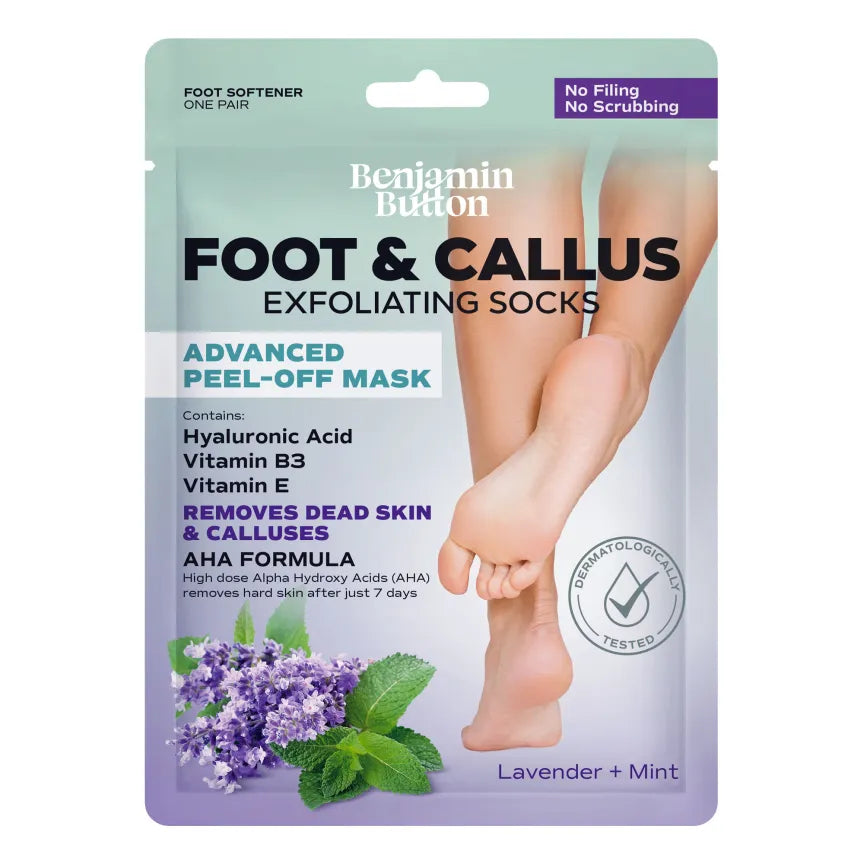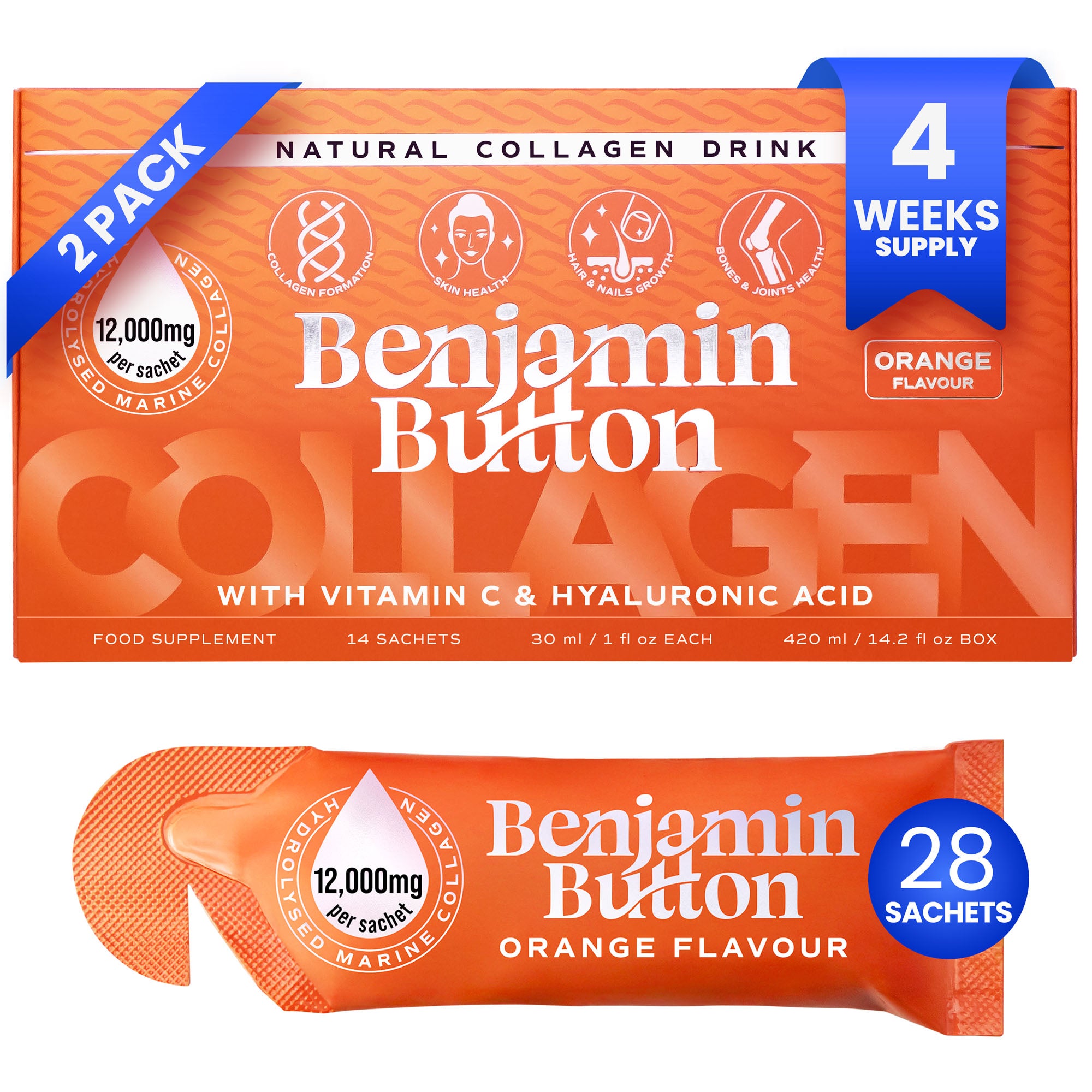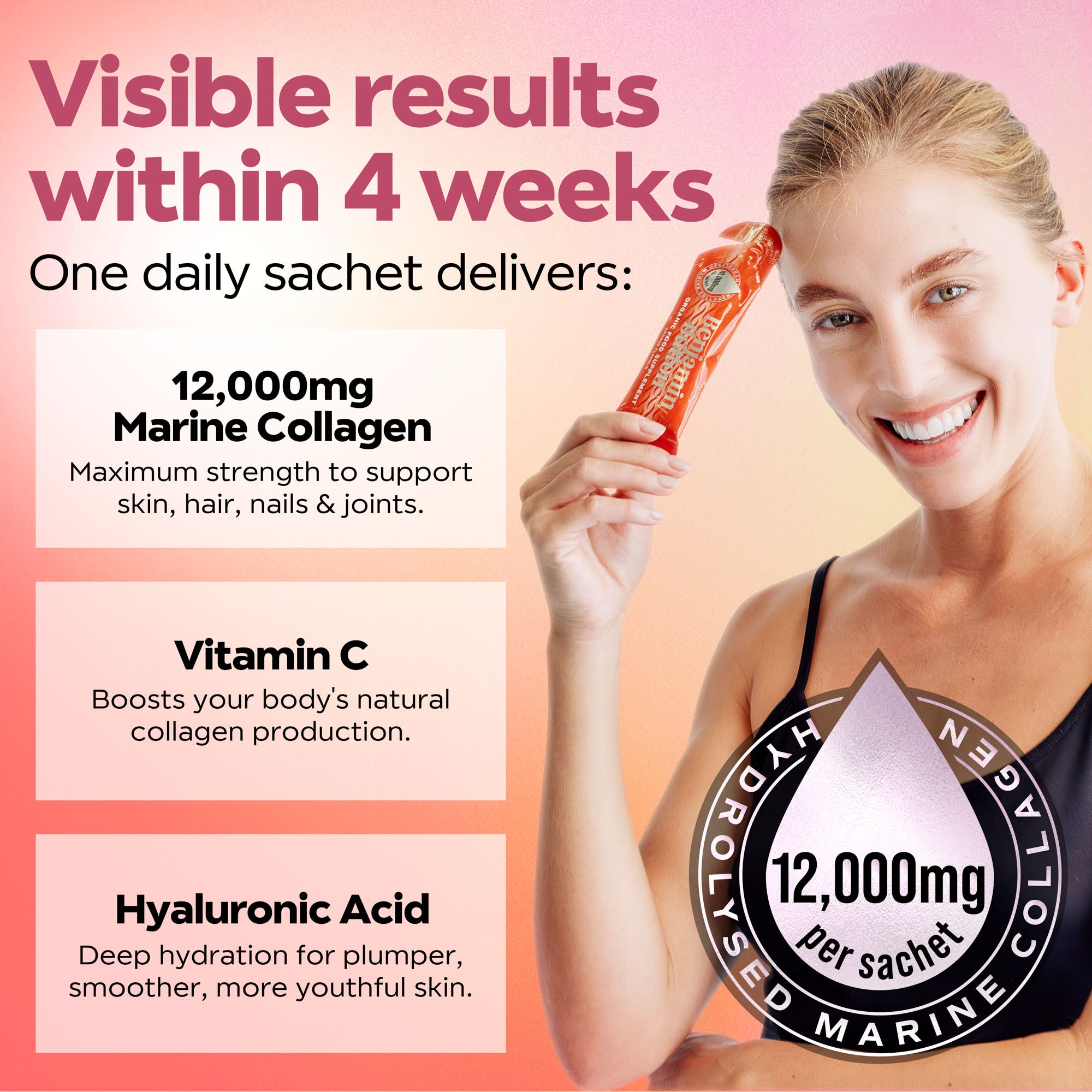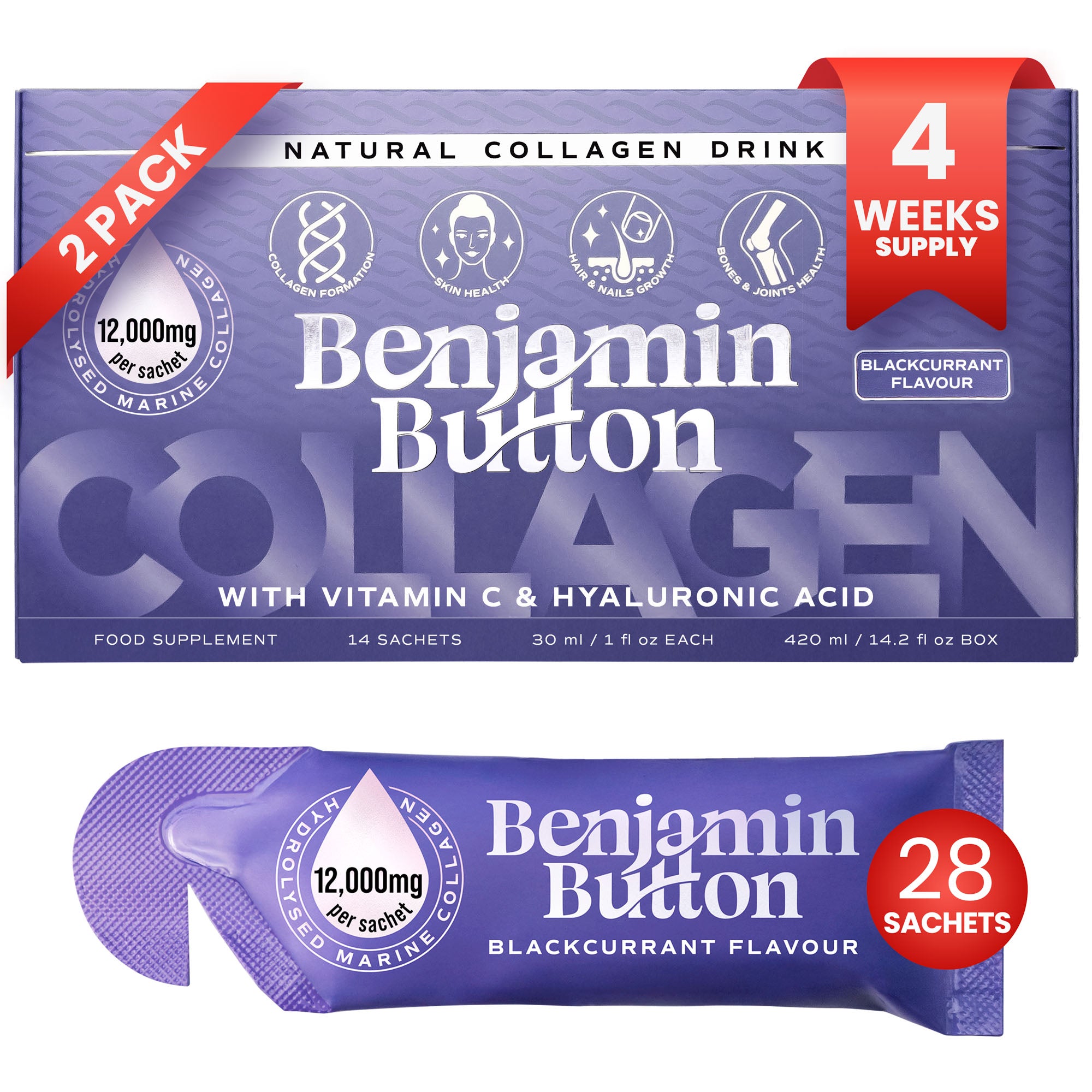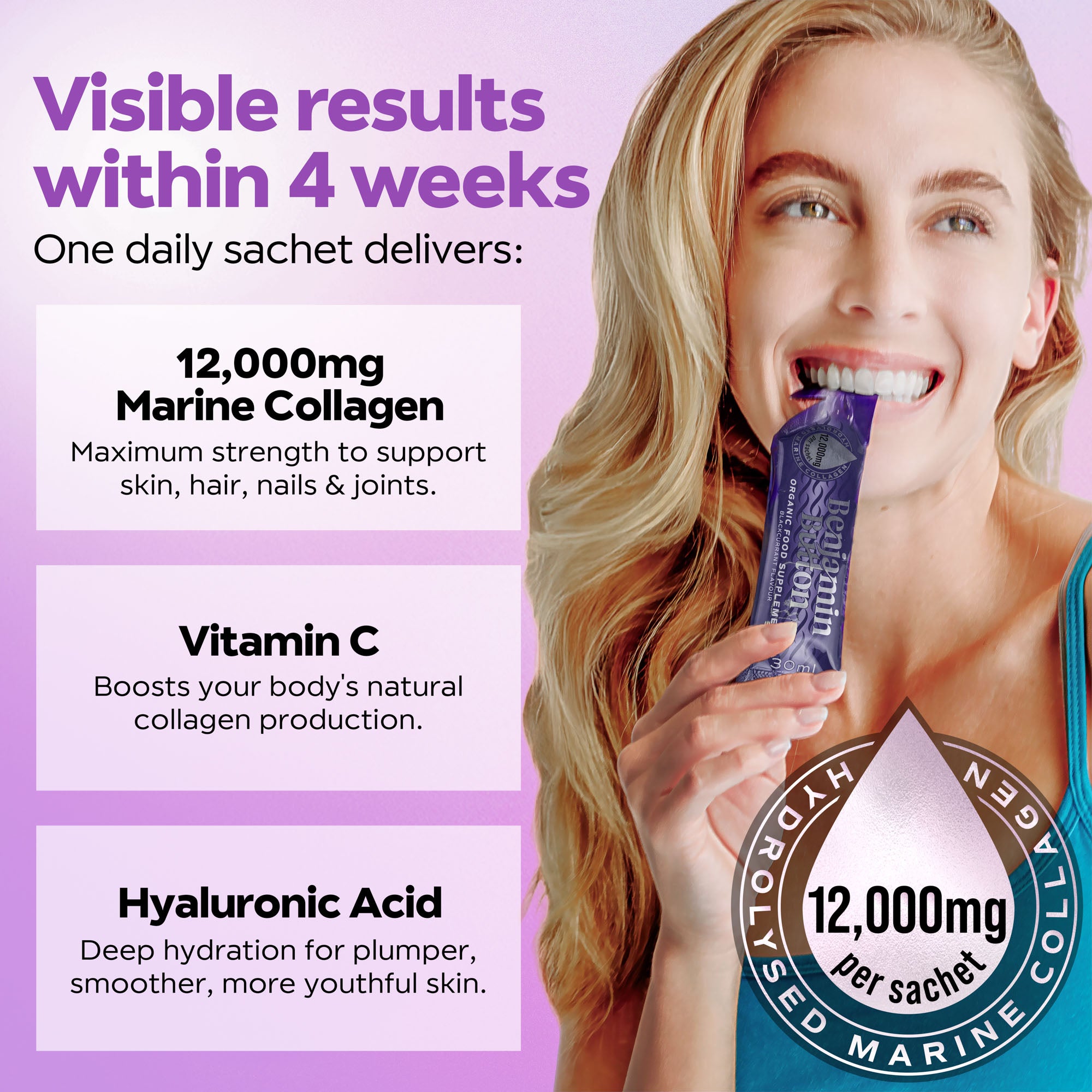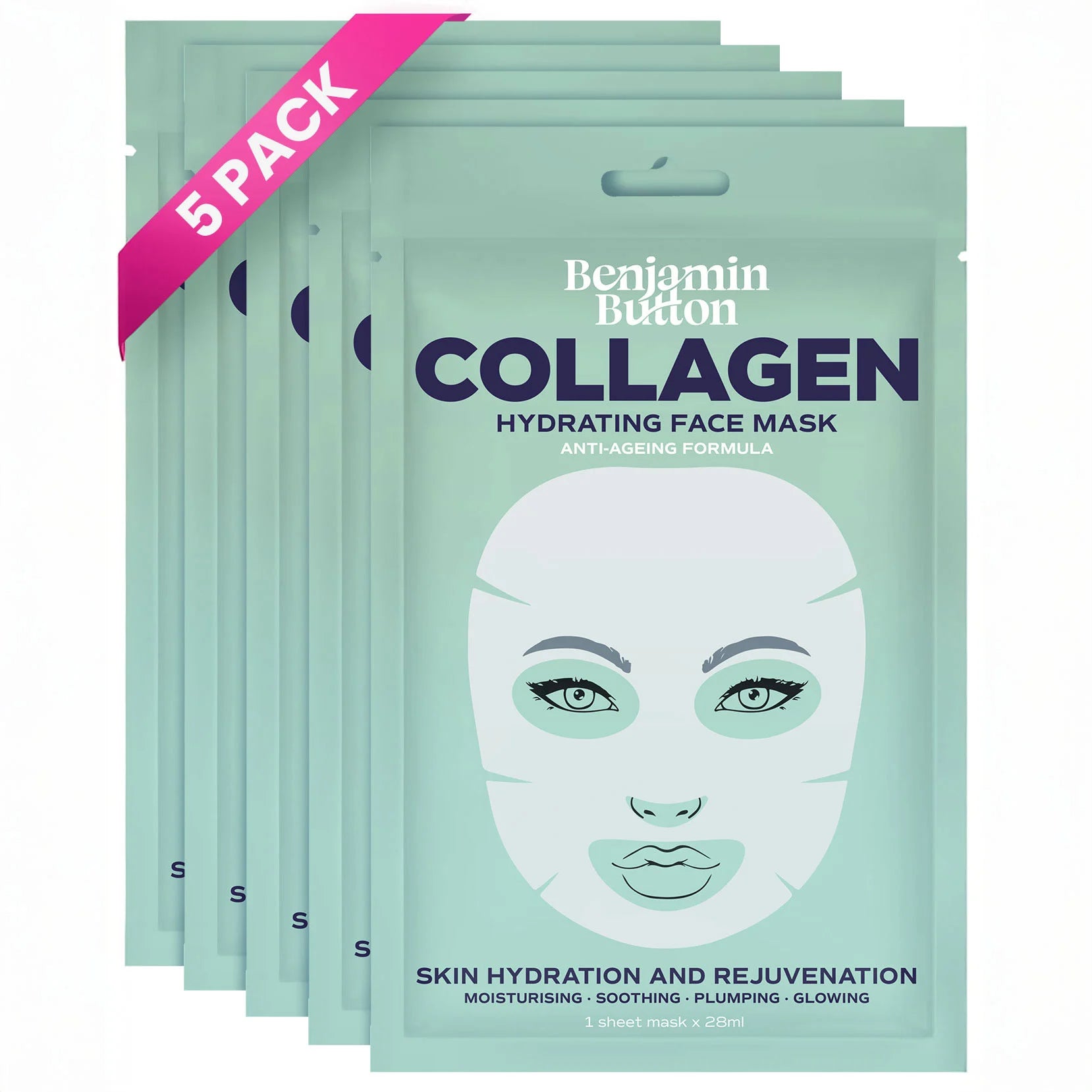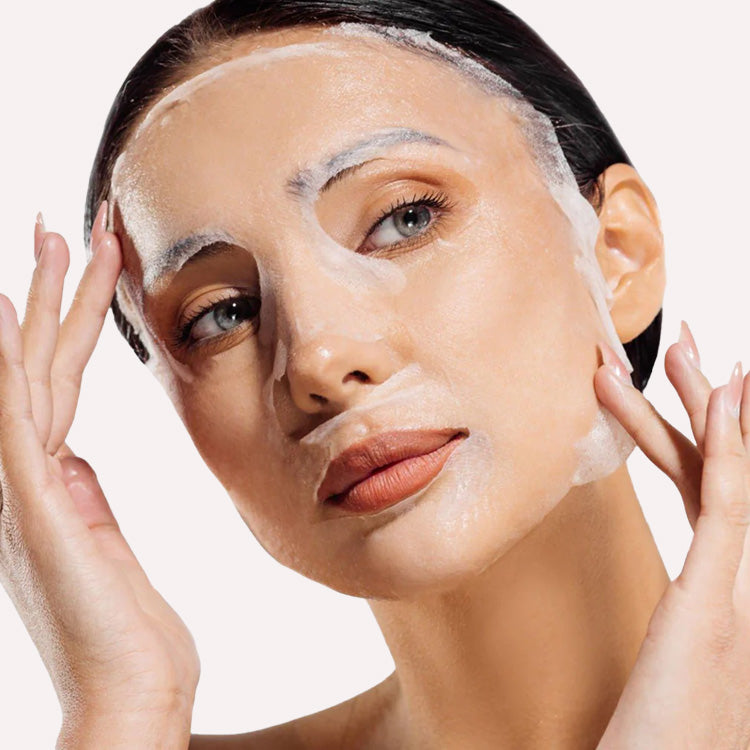Understanding Seasonal Summer Spots: Causes and Solutions Explained
The appearance of summer spots can be a common concern as the season brings not only a wave of warmth but also an increase in sun exposure. These spots, typically caused by a combination of factors from sunlight to hormonal changes, require a well-structured understanding to effectively manage and prevent their development. Let's delve into the causes of these spots, their triggers, and practical solutions that can enhance your skin’s appearance throughout the summer.What Causes Seasonal Summer Spots?
Several factors contribute to the emergence of summer spots, with the primary one being exposure to ultraviolet (UV) rays. Here are the leading causes:- Ultraviolet (UV) Radiation: Prolonged sun exposure triggers melanocytes in the skin to produce more melanin, resulting in darker patches.
- Hormonal Changes: Fluctuations in hormones due to pregnancy, menstruation, or contraceptive use can lead to increased pigmentation.
- Aging: With age, the skin's ability to regenerate slows down, making it more susceptible to discolouration.
- Skin Type: Individuals with lighter skin tones may notice spots more readily due to a lower concentration of melanin in their skin.
- Medications: Some drugs, including certain antibiotics and hormonal therapies, can increase skin sensitivity to sunlight.
Since these spots are often a result of cumulative sun damage, understanding the foundational causes is vital for implementing prevention strategies.
Solutions to Manage and Prevent Summer Spots
Addressing summer spots doesn’t have to be a daunting task. The following solutions can help to manage existing spots and prevent new ones from forming:- Sunscreen: Applying a broad-spectrum sunscreen with a high SPF daily can prevent further pigmentation. Ensure you reapply every two hours, especially if you swim or sweat.
- Protective Clothing: Wearing wide-brimmed hats and UV-protective clothing can shield your skin from harmful rays.
- Exfoliation: Regular exfoliation can help remove dead skin cells and promote a more even skin tone. Consider chemical exfoliants like alpha-hydroxy acids (AHAs) or beta-hydroxy acids (BHAs) for effective results.
- Vitamin C Serum: This antioxidant aids in brightening the skin and can diminish existing spots over time.
- Professional Treatments: Consulting a dermatologist for advanced treatments such as laser therapy, chemical peels, or microdermabrasion can provide significant results for stubborn spots.
- Hydration: Keeping your skin well-hydrated is essential for maintaining its health and resilience. Incorporate moisturisers that contain hyaluronic acid or glycerin, which draw moisture into the skin.
Incorporating these solutions into your skincare routine can help mitigate the impact of summer spots and promote overall skin health. It’s crucial to adapt your routine as the seasons change and be utilitarian in your approach to skincare.
Understanding Skin Types and Individual Needs
Everyone's skin is unique, and thus, the preventive measures and treatments can vary considerably. Here are key considerations based on skin types:- Oily Skin: Opt for oil-free, non-comedogenic products to avoid clogging pores.
- Dry Skin: Use rich, emollient creams that hydrate and protect the skin barrier.
- Sensitive Skin: Choose fragrance-free and hypoallergenic products to prevent irritation.
- Combination Skin: Balance exfoliation and hydration, using different products tailored to the needs of each area.
Understanding your skin’s specific requirements will enhance the efficacy of any measures taken against summer spots.
Combining Prevention and Treatment
In the quest to understand seasonal summer spots, prevention is just as essential as treatment. Combining both will yield the best results. Here’s how:- Regular Dermatological Check-ups: Routine visits can help you stay informed about your skin health and catch any potential issues early.
- Smart Scheduling: Limit sun exposure during peak hours, usually between 10 a.m. and 4 p.m., when UV rays are the strongest.
- Diet: Incorporate foods rich in antioxidants, such as berries and green leafy vegetables, to support skin health.
- Stress Management: High-stress levels can exacerbate skin conditions, so consider activities like yoga or meditation.
Embracing a comprehensive approach allows you to take charge of your skin’s health all year round.










